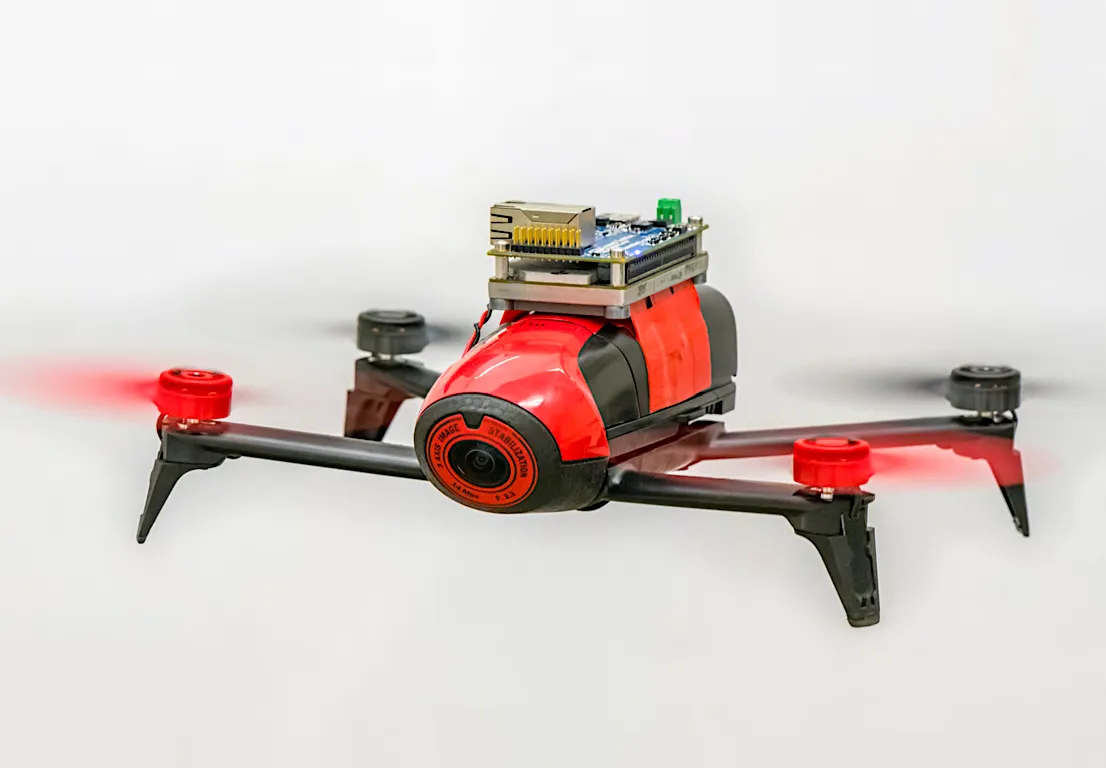
Researchers in the University of Maryland’s Computer Vision Lab (CVL) are presenting a novel computer vision system for autonomous drones at a major robotics conference in Europe next week.
The system—based on the same principles that bees use to navigate complex environments and fly through small gaps—was developed by a team led by Yiannis Aloimonos, a professor of computer science and director of CVL, and Cornelia Fermüller, an associate research scientist in the University of Maryland Institute for Advanced Computer Studies.
Other researchers involved with the project are computer science doctoral students Chahat Deep Singh,Nitin Sanket and Kanishka Ganguly.
The researchers will present their work at 2018 IEEE/RSJInternational Conference on Intelligent Robots and Systems (IROS 2018) , held this year from Oct. 1–5 in Madrid.
“GapFlyt: Active Vision Based Minimalist Structure-less Gap Detection for Quadrotor Flight,” allows drones to fly through very small—and completely unfamiliar—spaces, navigating with just a single camera and an onboard processing system.
Unlike other systems, the researchers say, the drone has no information about the location or size of the gap in advance, and does not need to build up a 3–D map of its environment or a model of the gap before attempting a fly-through. The team’s strategy is to recover a minimal amount of information that is sufficient to complete the task under consideration.
To detect where the gap is, the drone uses an optical-flow technique, which involves taking a picture, moving a little bit, and then taking another picture.
The researchers used a Bebop 2 drone equipped with an NVIDIA Jetson TX2 GPU for the testing. A variety of different gaps of varying sizes and shapes were cut in a foreground wall, which was covered in newspapers to provide some extra texture.
The team notes they were able to achieve a “remarkable” success rate of 85 percent over 150 trials for different arbitrary shaped windows under a wide range of conditions, including a window with a minimum tolerance of just 5 cm.
In addition to their work in CVL, Aloimonos, Fermüller and the three students are part of the Perception and Robotics Group at UMD.
Go here to see a video of the team’s work.